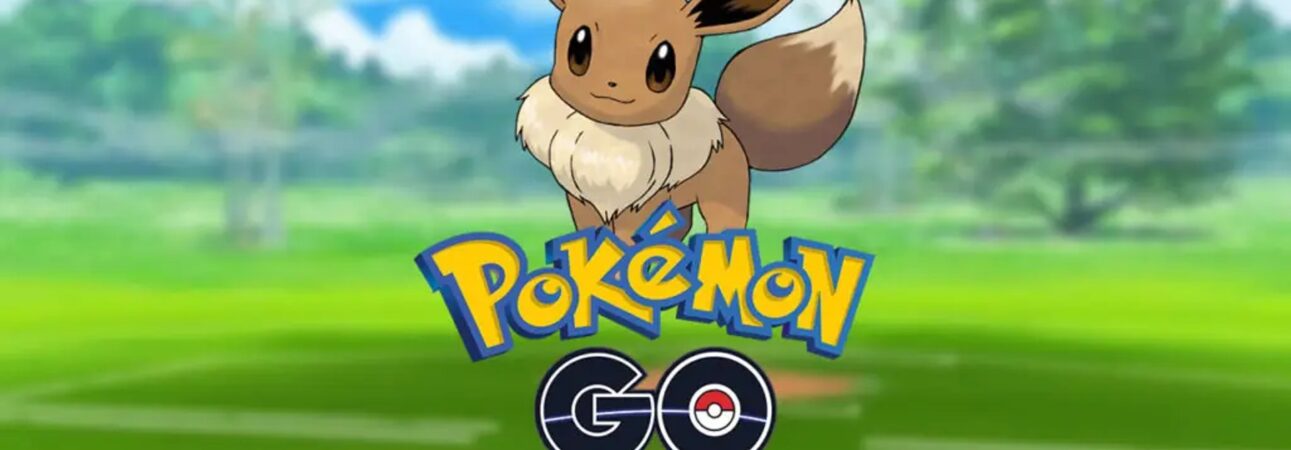The first step is downloading the free Pokemon Go app on iOS or Android. Once installed, you’ll create a trainer avatar and choose your starter Pokemon from Bulbasaur, Charmander, or Squirtle. Don’t worry too much about your choice, as you’ll be able to catch many more Pokemon soon! The main screen is your view of the natural world through your phone’s camera. Look for rustling leaves, as this indicates a Pokemon is nearby. Tap on it, and you’ll enter an encounter to try catching it by throwing Poke Balls. Check up on Poke Balls by hitting nearby PokeStops in real-world locations.
Catching pokemon
Catching Pokemon is the core gameplay loop and can be trickier than it initially seems. When you encounter a Pokemon, you’ll see its 3D model superimposed on the camera view of your surroundings. Tap and hold the Poke Ball, then fire it towards the Pokemon by giving it a straight throw or adding a curve. Throw accurately while timing it when the shrunken circle is smallest for the best chance to catch it.
Be patient and pay attention to each Pokemon’s movements and behaviour. For example, the infamous Zubat may seem easy, but it loves to sway side-to-side and can deflect your Poke Balls. Razz Berries and Great Balls help increase your chances, too. Higher CP (Combat Power) Pokemon are naturally more challenging to catch and may require an Ultra Ball or even a Razz Berry combined with an excellent throw. Don’t get discouraged – catching Pokemon is meant to be challenging.
Exploring your neighborhood
Unlike the classic handheld Pokemon games, where you battle your way through routes and towns, Pokemon Go pushes you to explore the natural world on foot. Your avatar constantly moves based on your GPS coordinates on a stylized world map. Nearby Pokemon will spawn based on your location, with different species appearing in various environments.
For example, you may encounter Water-type Pokemon like Magikarp near lakes and rivers. Parks with lots of vegetation may spawn Bug or Grass Pokemon like Caterpie and Oddish. Cities and urban areas often have Normal or rock types like Pidgey and Geodude. Higher-level pokémon go accounts may even be found near PokeStops and Gyms. The great thing is there’s always an incentive to visit new places and see what kind of Pokemon you can find.
Working as a team
Eventually, you’ll want to join one of the three teams – Valor (red), Mystic (blue), or Instinct (yellow). Teams are vital to the game’s mechanics and add a social, collaborative aspect. You and your teammates take over Gyms by leaving your Pokemon to defend it. Teams battle to control Gyms by defeating the defending Pokemon through cooperative gameplay.
The more Gyms you control, the more PokeCoins you earn, the premium in-game currency. However, it’s an ongoing turf war, as other teams will try to knock you out. Strategically placing Pokemon based on type advantages and frequently revisiting and replenishing squadrons is crucial. Coordinating with teammates on group chats and planning gym raids is half the fun.
Getting fit and exploring
Pokemon Go accomplishes its goal of sending players out on adventures in the real world. The GPS tracking means you have to walk or move around to hatch Eggs and earn Candy to evolve and power up your Pokemon. If you want to be the very best, you must put in the legwork. But what makes the game so brilliant is that it turns this physical activity into an exciting treasure hunt and exploration. Setting out with friends or family to hunt rare Pokemon is an excellent way to get fresh air and exercise. You may find hidden trails, quaint neighbourhoods, or small parks you never knew existed! The gameplay naturally encourages you to keep moving to see what Pokemon may pop up in the next stretch. Just be sure to stay aware of your surroundings for safety.


